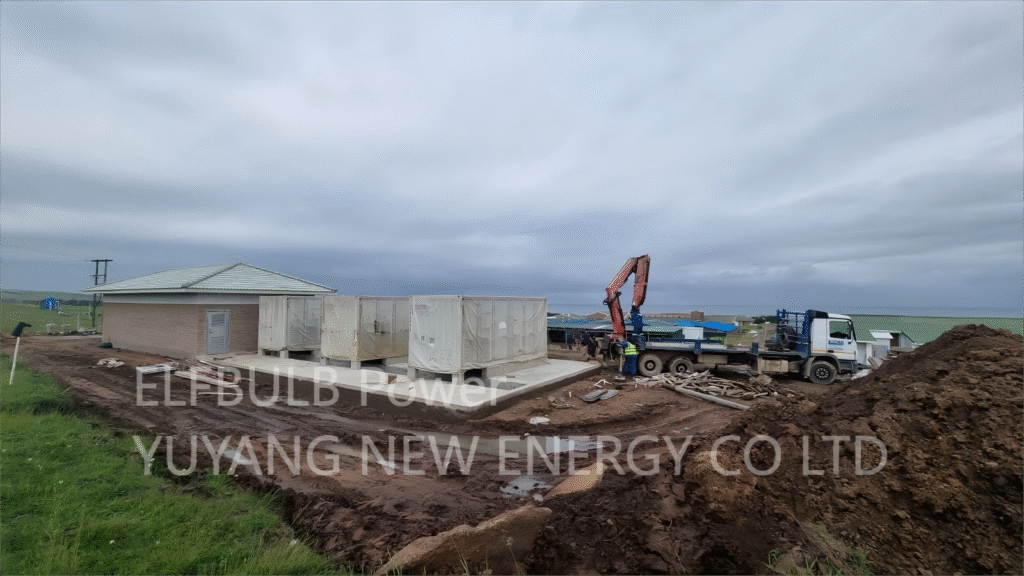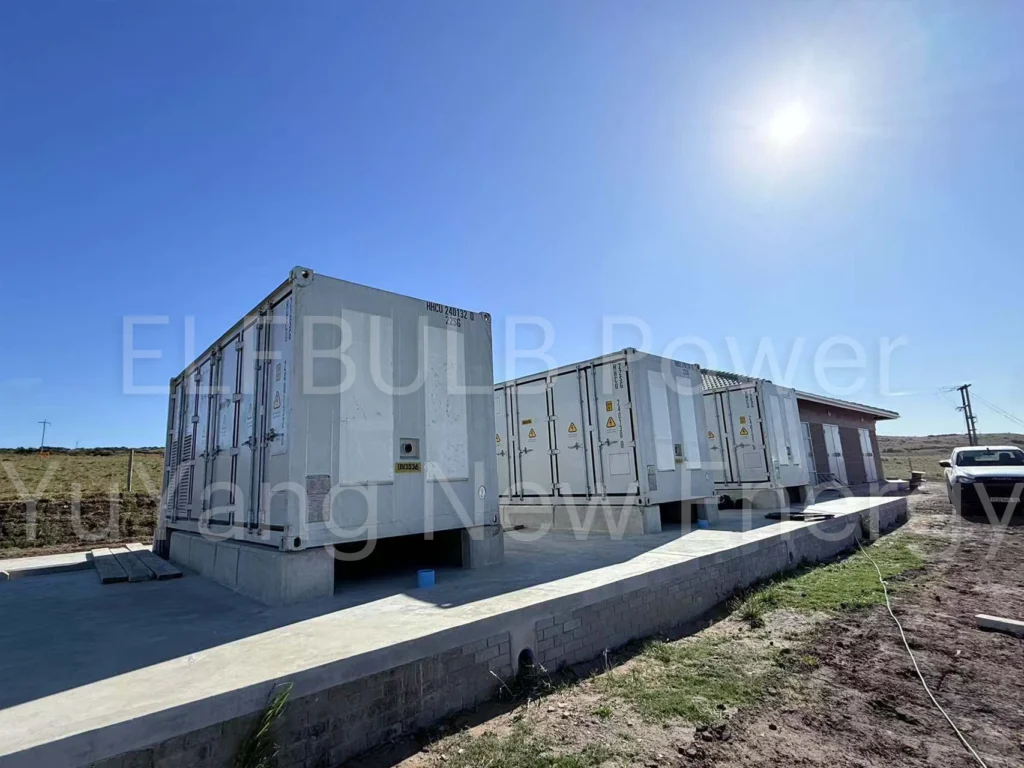
ⅠCase Introduction: A South African Aquaculture Farm’s Power Revolution
| Project Title | Battery Energy Storage for South African Aquaculture Farm |
| System Deployed | 3.6 MWh Battery Energy Storage System (BESS) |
| Industry Pain Point | Local grid instability (e.g., “Load Shedding”) threatens continuous operation, risking production halts and severe loss of high-value stock (e.g., Abalone, high-density fish) due to the high power dependency of the facility. |
| Project Goals | 1. Ensure power continuity for critical aquaculture operations (pumps, aeration). 2. Maximize production efficiency and safeguard the quality of high-value aquatic products. 3. Reduce vulnerability to external grid fluctuations. |
Summary: Modern aquaculture, particularly high-density or high-value farming (like abalone), is critically energy-intensive, relying heavily on pumps, aeration, and climate control. The farm strategically installed a large-scale BESS primarily to guarantee stable, uninterrupted power supply during grid outages or instability, thus protecting the entire stock and production process.
Ⅱ The Role of Energy Storage: A Power Lifeline for Aquaculture
The deployment of the BESS delivers three fundamental values to the aquaculture and processing sector:
1. Power Continuity: Securing Life Support (Reliability)
Core Function: The BESS operates as a robust Uninterruptible Power Supply (UPS), providing immediate, seamless power transfer upon grid failure (e.g., during load shedding).
Practical Benefit: It ensures continuous operation of life support systems like aerators and water circulation pumps. This prevents catastrophic losses of high-density, high-value aquatic stock due to oxygen depletion or water quality degradation.
2. Peak Shaving: Lowering Operating Costs (Economics)
Core Function: The system can be charged during off-peak hours when electricity prices are low and discharged during on-peak hours of high demand.
Practical Benefit: This “peak shaving and valley filling” strategy effectively hedges against high energy prices, significantly reducing the overall operating cost for the energy-intensive aquaculture farm.
3. Renewables Integration: Enabling Green Farming (Sustainability)
Core Function: The BESS can be integrated with renewable sources (like solar PV) to create a microgrid (e.g., “Solar-Aquaculture Hybrid”).
Practical Benefit: It stores and optimizes the use of intermittent clean energy, reducing reliance on the conventional grid or diesel generators. This lowers the facility’s carbon footprint, supporting goals for sustainable and environmentally friendly aquaculture.


